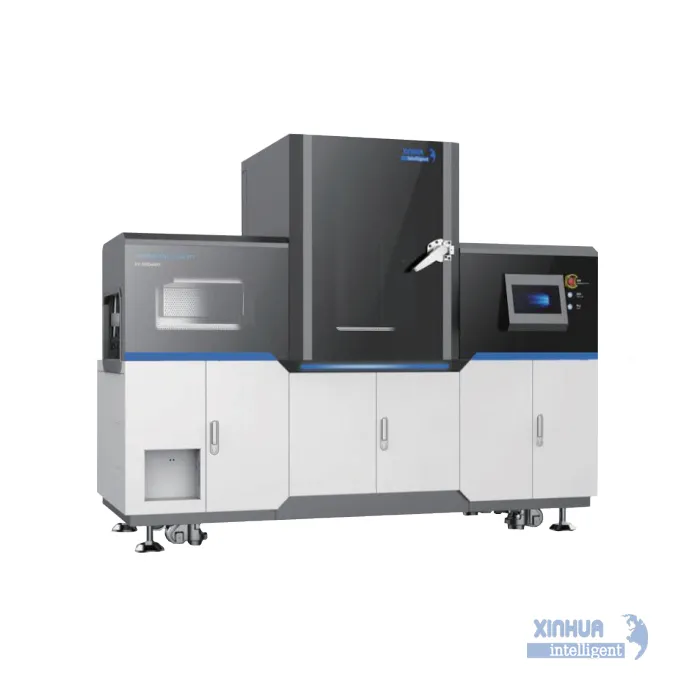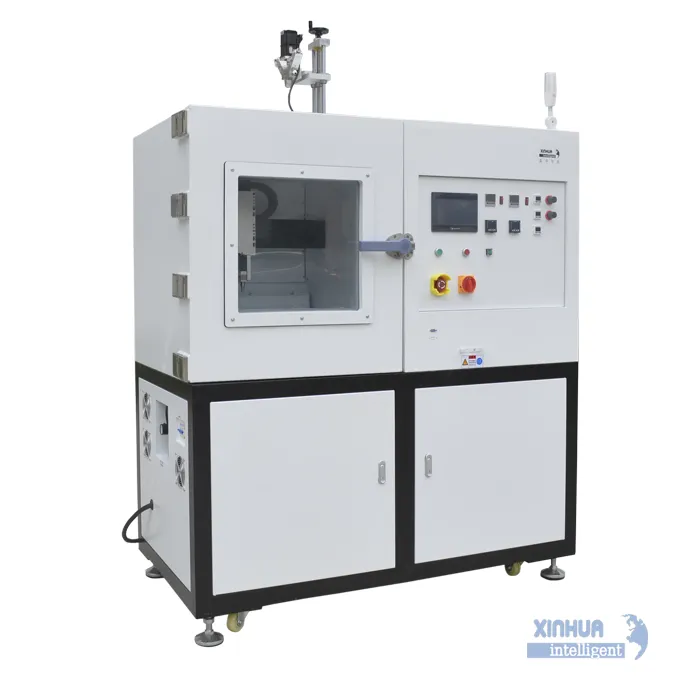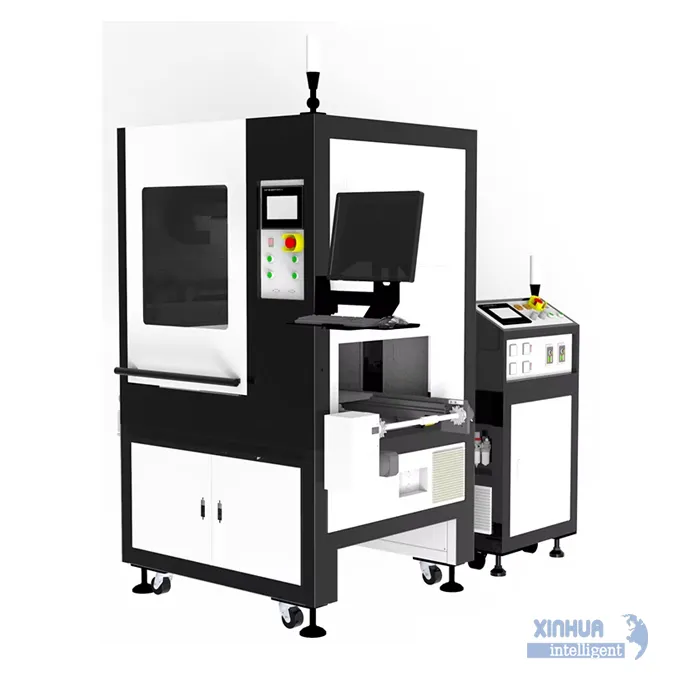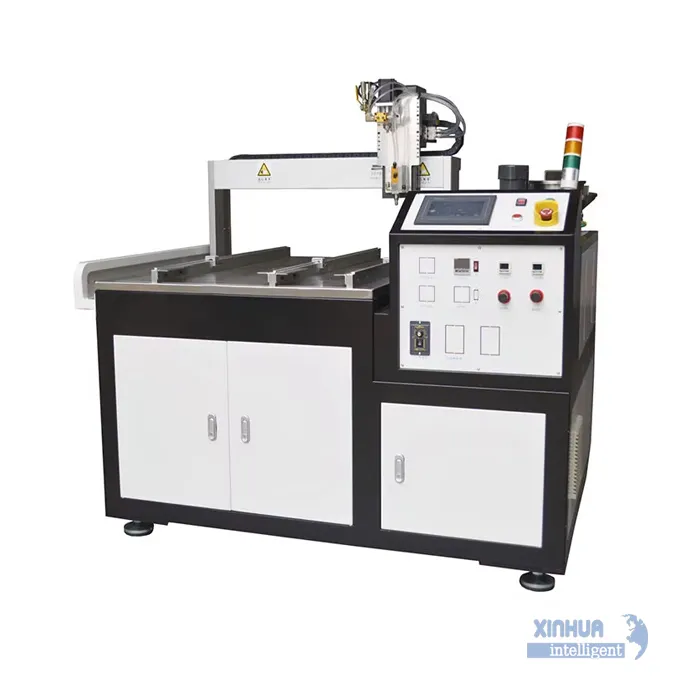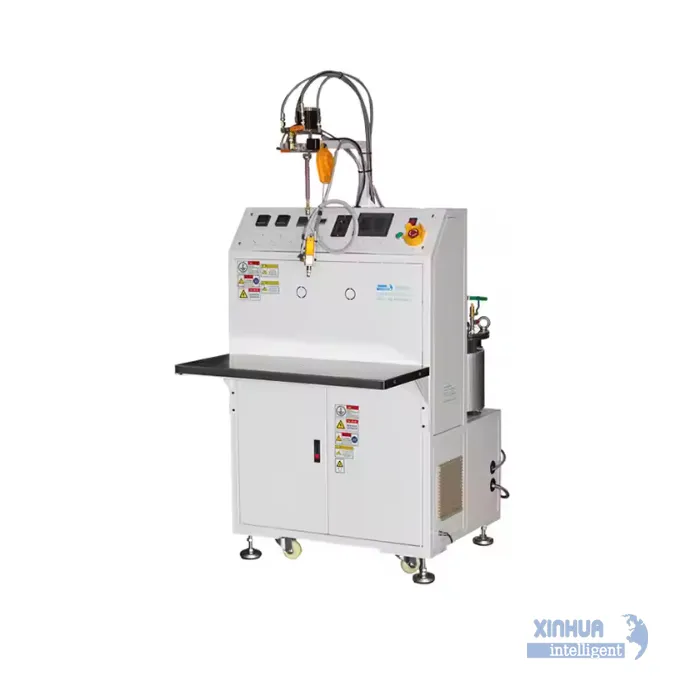Process
- Mixing: A polyol resin and an isocyanate hardener are mixed in the correct proportions.
- Application: The mixture is applied to the component or electronic device.
- Curing: A chemical reaction occurs, causing the material to cure and form a solid, protective barrier.
Key Characteristics
- Versatile Hardness: Polyurethane can be formulated to be soft, flexible, or rigid, providing a wide range of options for different needs.
- Environmental Protection: Offers excellent protection against moisture, dust, and corrosion, making it suitable for outdoor applications like solar energy components.
- Electrical Insulation: Provides good dielectric function, preventing short circuits and improving safety in electronic devices.
- Mechanical Durability: Offers strong protection against mechanical stress, vibration, and shock.
- Chemical and Thermal Resistance: Exhibits good resistance to chemicals and can withstand a wide range of temperatures, including extreme thermal cycling.
Applications
Polyurethane potting compounds are widely used in various industries, including automotive electronics for components like control modules and sensors, power electronics, and devices in the solar energy sector.

